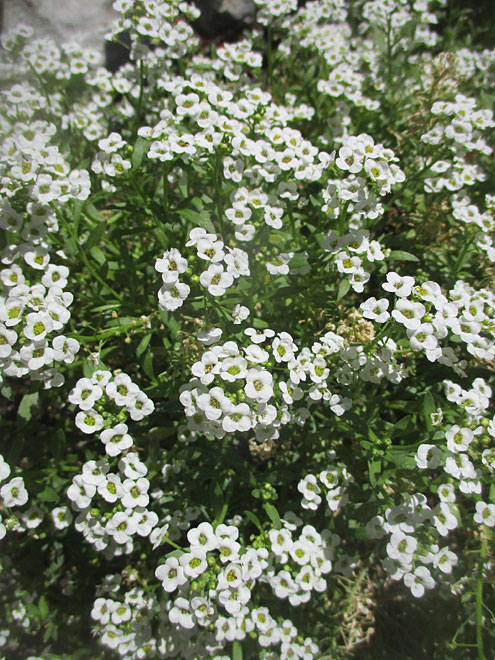By Tony Tomeo
Seed and fruiting structures develop immediately after bloom. Such processes consume valuable resources that could otherwise sustain subsequent bloom or vegetative growth.
That is why it is helpful to deadhead some of the many blooming plants that do not need to produce fruit or seed. Deadheading diverts resources to more constructive application.
Deadheading is simply the removal of deteriorating bloom prior to the maturation of seed or fruiting structures. Besides diverting resources, it removes unappealingly deteriorated bloom, as well as unwanted or potentially invasive seed. Deadheading can be delayed if seed from particular flowers is desirable, (although some types are genetically variable).
It was time to deadhead spring bulbs as they finished bloom earlier last spring. Now it is time to deadhead some of the summer bulbs. It eliminates unsightly faded floral stalks of gladiolus, and diverts resources into developing bulbs. It eradicates invasive montbretia seed. For canna, it conserves resources to enhance subsequent bloom through summer.
It is helpful to deadhead some types of annual bedding plants too. Marigold, zinnia, floss flower, pincushion flower and petunia should bloom better with systematic deadheading. Of course, all will continue to bloom without deadheading, but might be slightly subdued, with fading flowers. Modern sterile varieties that produce no viable seed are less reliant.
Fortunately, there is no need to deadhead alyssum, lobelia, nasturtium, moss rose, busy Lizzie or verbena. Their bloom is so abundant that it constantly overwhelms older bloom. Grooming tiny alyssum and lobelia flowers would otherwise be incredibly tedious. Moss rose, alyssum and nasturtium are pleased to self sow, but revert to simpler feral varieties.
Some branched types of sunflowers produce several blooms on several separate stems. Others bloom with only a single flower on top of a tall single stem. If deadheaded prior to the maturation of their seed, the stalks of some single sunflowers generate a few smaller axillary flowers by autumn. This technique inhibits seed production, but prolongs bloom.
•••
Highlight: Petunia
There are too many varieties of petunia to be familiar with nowadays. The species name is Petunia X hybrida because almost all are hybrids of two primary species, as well as a few others to complicate the situation.
The color range of the bloom of these hybrids now lacks only a few colors. (GMO orange petunias are only beginning to become available.)
Besides an impressively extensive color range, bloom can be spotted, speckled, striped, blotched, haloed or variegated by too many means to list. Flowers can be rather small or as wide as four inches. Some are surprisingly fragrant. Some have frilled double flowers. Stems of cascading types may sprawl wider than three feet while only a few inches high.
Petunias are warm season annuals that perform from spring until frost. They can survive as perennials for a few years if cut low for winter. Cool season annuals can obscure and shelter them until they resume grown in spring. They prefer rich soil, systematic watering and sunny exposure. Although mostly sterile, some appreciate occasional deadheading. Trimming during summer may promote fluffier growth for lanky stems.
•••
Horticulturist Tony Tomeo can be contacted at tonytomeo.com.
